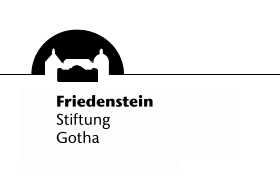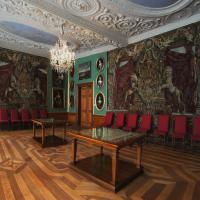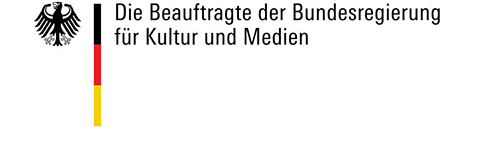Gotha’s Castle Museum is part of the layout of Friedenstein Castle which has existed since 1643, and its furnishings and collections together form one aspect of the “Baroque Universe of Gotha”.
To this day, the historic castle rooms and large sections of the collections have been preserved largely unchanged. The Castle Museum currently uses 38 exhibition rooms which extend over the main and the west wing. These include exceptionally elegant chambers and reception rooms decorated in baroque, rococo, and classical style, which extend across four ducal apartments. Holdings from a tradition of collection stretching back over 350 years are displayed with this authentic and exquisite backdrop.
The Art Chamber is numbered amongst these holdings, and was the nucleus of all the collections here in Gotha. It was established by Duke Ernst I of Saxe-Gotha-Altenburg (1601-1675), the founding father of his dynasty. Within it, he and his descendants brought together both inherited artistic possessions from their princely Saxon and Ernestine predecessors and new acquisitions from over the centuries. Through this long tradition of collection, the holdings acquired their international reputation. Amongst the highlights – along with works made of ivory, amber, silver and enamel – are an elephant made of gold-plated silver from the workshop of the world-famous goldsmith Johann Melchior Dinglinger (1664-1731) and a hat originally owned and worn by Emperor Napoleon I.
Further on is the new coin cabinet. Alongside Dresden, Berlin and Munich, Gotha possesses one of Germany’s largest numismatic collections, which is in particular distinguished for its numerous gold coins. Here visitors can walk through a giant glass arch in which 568 original gold and silver coins from antiquity right up until the modern age seem to rain down on them.














